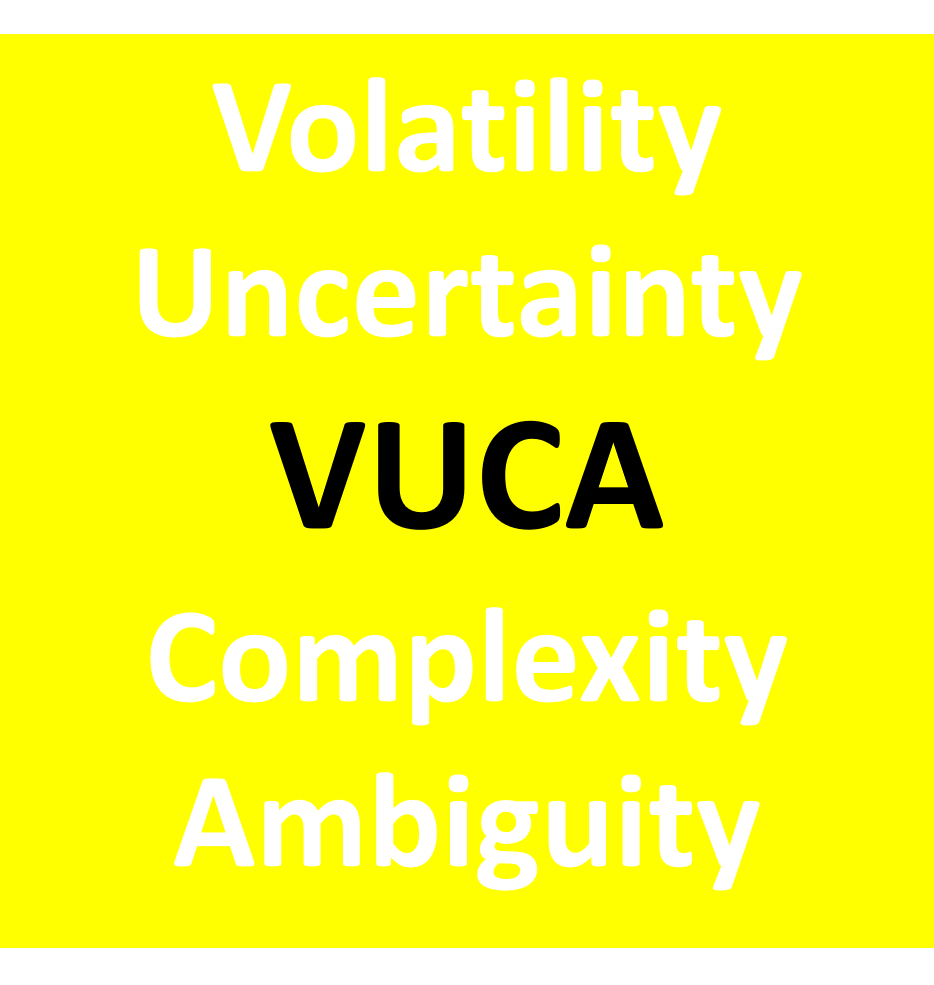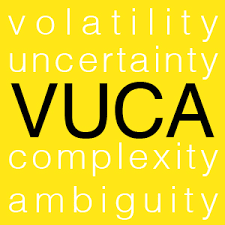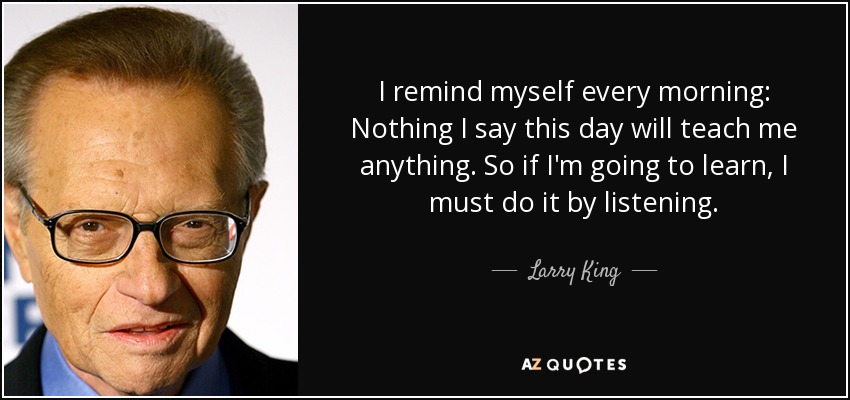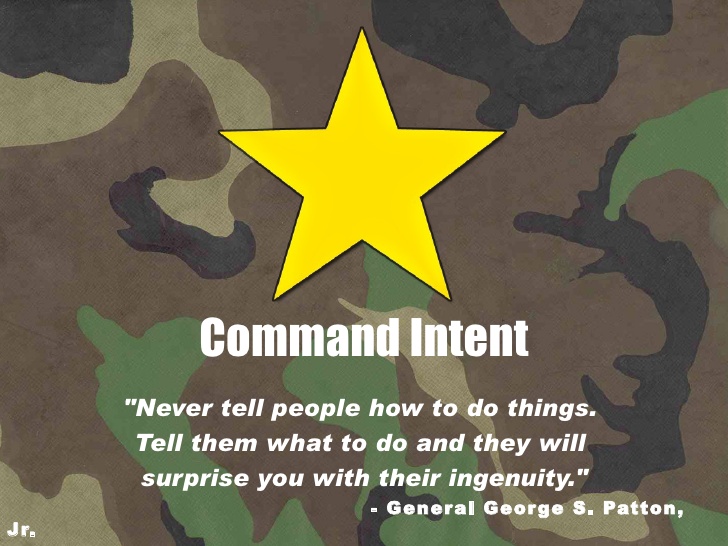Click here to return to Blog Post Intro

Listening for the Future
The Institute for the Future recognizes that future external forces are Volatile, Uncertain, Complex, and Ambiguous. So, the authors coined the term “VUCA World” and note that all of this VUCA will only get worse in the future. This brings both danger and opportunity.
Out of This World Leaders must learn new skills in order to make a better future. Traditional leadership practices will not be enough to deal with startling external future forces.
A glass half-full perspective of the VUCA World reveals:
- Volatility yields to vision.
- Uncertainty yields to understanding.
- Complexity yields to clarity.
- Ambiguity yields to agility.
1. Maker Instinct
Maker Instinct is the ability to exploit your inner drive to build and grow things, as well as connect with others in the making. Leaders need this skill to make and remake organizations. This requires active attention—the ability to filter out noise and distraction, combined with a strong ability to stay centered, even when overwhelmed with stimuli.
Bill Walsh, who coached the San Francisco 49ers when they were a great team, saw this as a key leadership trait: to discern when people are overloaded (and be patient with them in those times) and when they are overly confident (and press them with appropriate urgency).
Leaders can be both urgent and patient, depending on what is needed at the time. The most important role of a leader is to listen, sense, and apply this strategy. When things get too tense, pull back to help relieve the pressure. When things get too relaxed, increase the urgency.
Out of This World Leaders need to move beyond a “do-it-yourself” mentality and cultivate a “do-it-ourselves” culture.
2. Clarity
Clarity is the ability to see through messes and contradictions to a future that others cannot yet see. Leaders must be clear about what they are making but flexible about how it gets done. This kind of clarity includes curiosity about other points of view as well as knowing what it is you don’t know.
Goal clarity is of central importance and involves “long-term goals of the organization, a clear shared vision, and the short-term goals and actions employees are expected to take.” Your team’s best work happens when you, as a leader, combine the following four attributes: organizational encouragement, challenge, work group support, and freedom.
The best leaders are clear about their long-term intentions but very flexible about how to get there. Clarity sets the parameters within which creativity can occur. This is sometimes described as “commander’s intent”, which describes the desired end state. It is a concise expression of the purpose of the operation and must be understood two echelons below the issuing commander. Its purpose is to focus subordinates on the desired end state.
3. Dilemma Flipping
The skill of dilemma flipping is the ability to turn dilemmas—which unlike problems, cannot be solved—into advantages and opportunities.
In the VUCA World, we will increasingly face dilemmas, or what the Center for Creative Leadership (CCL) calls “turbulence.” CCL Board Chairman Ingar Skaug asks how we can use turbulence as a positive, creative force for change and offers a recipe for dilemma flipping that lies in the collaboration between innovation and leadership. In order to navigate change effectively and for the better, a “flexible, creative leadership style is needed in order to span country and cultural boundaries, promote collaboration and respond to an ever-shifting environment.”
Dealing with dilemmas requires an ability to sense, frame, and reframe a situation. Reframing is stepping back, checking assumptions, and considering other ways of looking at a situation to see what’s really going on—and what could be going on.
4. Immersive Learning Ability
Leaders of the future need to be able to immerse themselves in unfamiliar environments, to learn from them in a first-person way. Immersion is close-up engagement in a world that is different from your own, whether it is a virtual world or just a world with which you are not familiar.
This requires open-mindedness beyond what many top executives can muster. Once leaders get toward the top of organizations, they get more and more insulated from what is really going on. Leaders need to step outside their protected roles to step inside very different experiences from which they can learn.
Leaders should seek out immersive learning opportunities—especially experiences that make them uncomfortable in constructive ways. If you make the future in an imaginary world, it will be much easier to do in the real world!
5. Bio-Empathy
If you can see things from nature’s point of view—understand, respect, and learn from its patterns—you have the critical skill of Bio-Empathy. Bio-empathy is simply the attempt by leaders to stay in touch with and learn from the natural cycles that are all around us. How would your business decisions change if you looked at your company as an ecosystem—not a machine?
6. Constructive Depolarizing
A Clergyman during the era of Prohibition said, “Very little good has ever been done by the absolute shall.”
Constructive Depolarizing is the ability to calm tense situations where differences dominate and communication has broken down—and bring people from divergent cultures toward positive engagement.
The more comfortable a leader is with cultural diversity, the more likely he or she is to be able to lead in diverse and polarized situations. Future leaders will need cross-cultural grace in order to constructively depolarize a situation: an ability to listen and learn from people who are very different from them. Grace in this sense means being nimble, poised, and engaging—like a good dancer.
To be effective in constructive depolarization, leaders need both deep self-knowledge and the ability to communicate effectively across differences. Try to see the world from different perspectives.
7. Quiet Transparency
Leaders of the future need an ability to be open and authentic about what matters—without being overly self-promoting. If you advertise yourself, you will become a big target.
Quiet transparency starts from being quiet and listening. Creating calm. Listening for the future.
Quiet transparency in leadership begins with humility. Leaders should be self-effacing and not self-promoting. Leaders must listen carefully. They should also be open. Why are you doing what you are doing? Why does it matter to you?
Leaders cannot be transparent if people don’t trust them. Kerry Bunker from the Center for Creative Leadership talks about the importance of authenticity in leadership: “More than ever before, successful leadership hinges on learning agility and the experience necessary to navigate and lead others through complex situations. It’s not the perfect pedigree or knowing all the answers anymore. It’s about resiliency and openness.”
One leader who demonstrates quiet transparency is Ellen Galinsky, president and co-creator of the Families and Work Institute (FWI), a nonprofit in New York City. Ellen has explored the interactions between work and private life. She has reframed this work/life balance as work/life “navigation,” since balance is really impossible to achieve. The interactions between work and private life are not a problem that can be solved, but rather an ongoing ever-changing dilemma that must be managed.
Quiet transparency includes vulnerability. Quiet leaders are human and humble—but they have great strength. Quiet leaders have the ability to listen. Quiet leaders are vulnerable yet self-confident.
8. Rapid Prototyping
Rapid Prototyping is the ability to create quick early versions of innovations with the expectation that later success will require early failures. Leaders will need to learn from early setbacks and learn to fail in interesting ways.
Rapid prototyping enables us to learn from failure quickly, again and again. It is the trial-and-error method that has always been important for innovators, but on a faster cycle. The motto of rapid prototyping is to fail early, fail often, and fail cheaply as you make a better future.
Many leaders do not like failure of any kind, but in the future, they will have to change their expectations and learn to play through them.
Winston Churchill said, “Success is the ability to go from failure to failure with no loss of enthusiasm.” Rapid prototyping accepts failure as critical to success. Rapid prototyping requires enthusiasm to fuel the energy of innovation. Enthusiasm breeds innovation.
9. Smart Mob Organizing
Smart Mob Organizing is a leader’s ability to create, engage with, and nurture purposeful business or social change networks through intelligent use of electronic media and in-person communication.
Leaders are what they can organize. Leaders make connections and draw links.
Smart-mob organizing brings together large groups for a common business or social change purpose, making savvy use of available media. Smart mobs are smart because the media amplify their collective intelligence for greater impact. They are mobs because their behavior is emergent, unpredictable, and sometimes unruly.
Not all leaders need to be smart-mob organizers personally—although it is better if they use the media themselves and do at least some of their own organizing. Rather, it is that all leaders must be respectful and understanding of the importance of smart mobs and know people who can help them organize smart mobs when needed!
10. Commons Creating
Commons Creating is the ability to seed, nurture, and grow shared assets that can benefit all players—and allow competition at a higher level. This is the most important future leadership skill and it grows from all the others.
Commons creating is seen when leaders make common cause with others for greater benefit. This is a skill I referenced in one of my first blog posts during the midst of the Government Shutdown of 2013 (see my October 2, 2013 blog post).
Commons grow out of connectivity. New commons employ win-win logic, rather than win-lose logic. New commons allow multiple parties to win. Commons creating is the most advanced and the most important of the ten future leadership skills.
For example, the Association for Managers of Innovation (AMI) convenes a meeting of the minds where innovation leaders from various organizations and companies come together. AMI members participate in a “Beg, Borrow, or Brag” session at every meeting:
- “Beg”: An ask
- “Borrow”: A request to share
- “Brag”: Exclamation of something a leader is proud of and members should know about
Leaders will have new opportunities to create commons that address even the most significant challenges. The more connected we are, the safer and the more powerful we are—if we realize our interconnections.
Future Considerations
The authors’ goal in presenting the ten future leadership skills is to spark conversations about future leadership in a very personal and practical way. For clarity in the VUCA World, it is important to be clear about what you are doing and what you are not doing.
In a VUCA World, leaders need a compelling sense of the future they want to create. Are you considering your own vision for the future and maybe your personal legacy? How would you express your own personal leadership legacy in a single compelling sentence? Which of the ten future leadership skills will be most important in order for your legacy to be successful?
Again, it’s worth repeating—leaders must be very clear where they are going, but very flexible how they get there.
Flipping from the frightening VUCA (volatility, uncertainty, complexity, and ambiguity) to the hopeful VUCA (vision, understanding, clarity, and agility) will be the ultimate opportunity for Out of This World Leaders who make the future!




